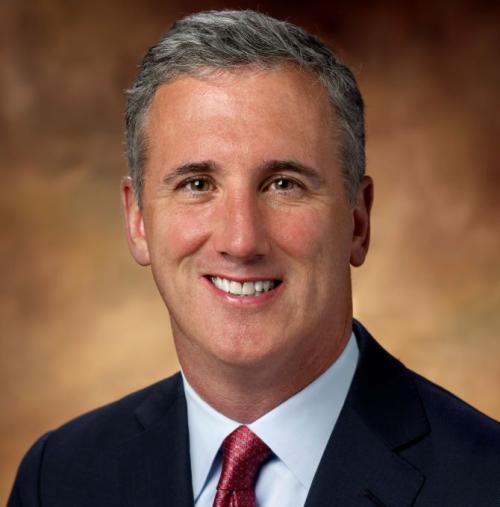Level of information included varies among early adopters
Although the SEC’s pay ratio disclosure rule doesn’t go into effect until fiscal years beginning January 1, 2017, some companies have begun to include this information in their proxy statements this year, as reported by Dodd-Frank.com, a blog by Minneapolis-based law firm Stinson Leonard Street.
Among these early adopters is NorthWestern Energy, a regional utility that provides electricity and natural gas to customers in South Dakota, Nebraska and Montana, which started reporting the pay ratio of its CEO to its median employee in 2010 after a former member of the board’s compensation committee requested it.
‘This was before Dodd-Frank was enacted and the pay ratio was one of several measures our compensation committee looked at in helping to set executive compensation,’ says Tim Olson, NorthWestern’s senior corporate counsel and corporate secretary. Initially, the disclosure was nothing more than a sentence. When it was first included, ‘there was no Dodd-Frank to get out in front of, no grand idea to be an early discloser or anything like that. It was just there – part of the story,’ Olson says.
NorthWestern’s 2016 proxy provides two sets of calculations, using the methodology it has relied on in prior years and the methodology required by Dodd-Frank’s final rule. Until this year, NorthWestern’s calculation included only full-time employees, but this year full-time, part-time and seasonal employees were all counted to arrive at the median employee’s compensation. (Less than 10 percent of the company’s roughly 1,600 employees are part-time or seasonal workers, Olson points out.) The other major difference in methodology was to include the value of benefits, which don’t differ materially from the CEO to the other employees, Olson says.
‘We supplemented our disclosure of pay ratio once the proposed rule came about because we could see that, down the road, depending on what the final rules looked like, our numbers might change,’ he explains. ‘We had developed our own calculation and we were using that, so we put old and new calculations in there because we wanted to be able to show people what we did and what we’re going to have to do. It’s transparent.’
Ironically, the new methodology lowered NorthWestern’s pay ratio considerably to 19:1 from 26:1.
Pulling the numbers from the company’s payroll system entailed some additional work that wasn’t necessary under the old calculation method. ‘Our old calculation was very easy,’ says Olson. ‘This year it took a little more time for us to comply with what the rules will be. But it still did not take us very long because we have one payroll system. We have employees in three states but no international issues to think about. Ours is a pretty simple process.’
Other companies opted for greater or less detail. NOVAGOLD Resources, a Canadian mining company whose stock is listed on both Toronto Stock Exchange and the NYSE, broke out several categories of additional compensation that employees receive, from 401(k) matching funds to company-paid life insurance premiums and auto allowances. Elsewhere, Adams Resources & Energy opted to exclude the value of the 401(k) plan and medical benefits ‘as all employees including the [principle executive officer] are offered the exact same benefits and the company utilizes the Internal Revenue Service safe harbor provision for 401(k) discrimination testing.'
Olson likes the transparency of providing more detailed compensation components, even though he doesn’t believe the rules require them as long as companies calculate all other compensation as required for the summary compensation table. Including the additional components should affect not only the median employee’s pay but also that of the CEO, he adds.
There has been a lot of opposition to pay ratio disclosure, with some observers convinced the actual intention is to shame companies whose CEOs get enormous pay packages. But Olson says he thinks the median number will be interesting to see, given how little information is available about what the median employee at a company earns.
He’s skeptical, however, about how useful the pay ratio will prove. ‘Due to the flexibility in the rules, companies can calculate things differently,’ he explains. ‘They can exclude different components; they can choose different [payroll closing] dates for using all employees; they can make assumptions about how they determine the median. All that flexibility will make it difficult to compare one ratio with the next or even to compare one median employee with another, even within one industry or your own peer group. To get a good comparison, people will really need to dig into the numbers and understand how the calculations differ.’
To read the Stinson Leonard Street blog post, please click here.








